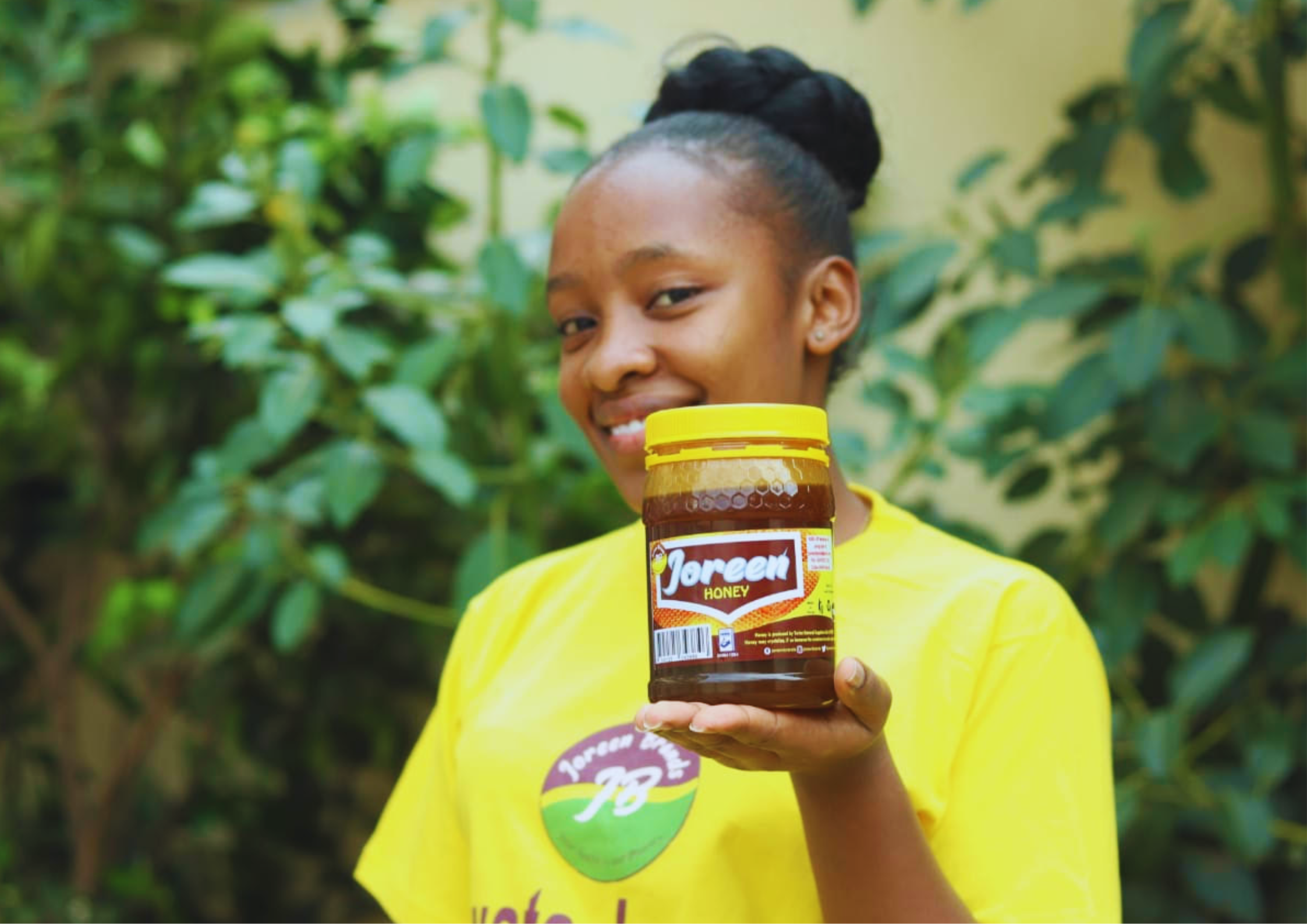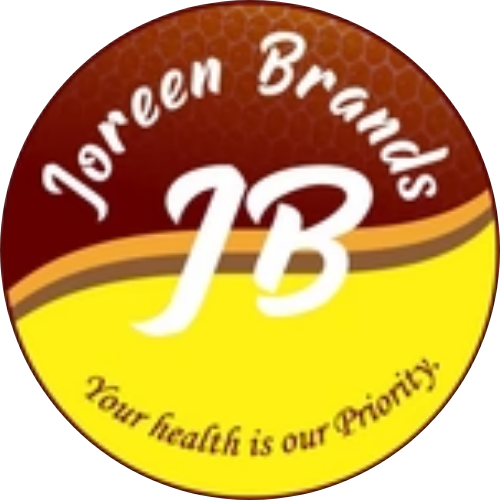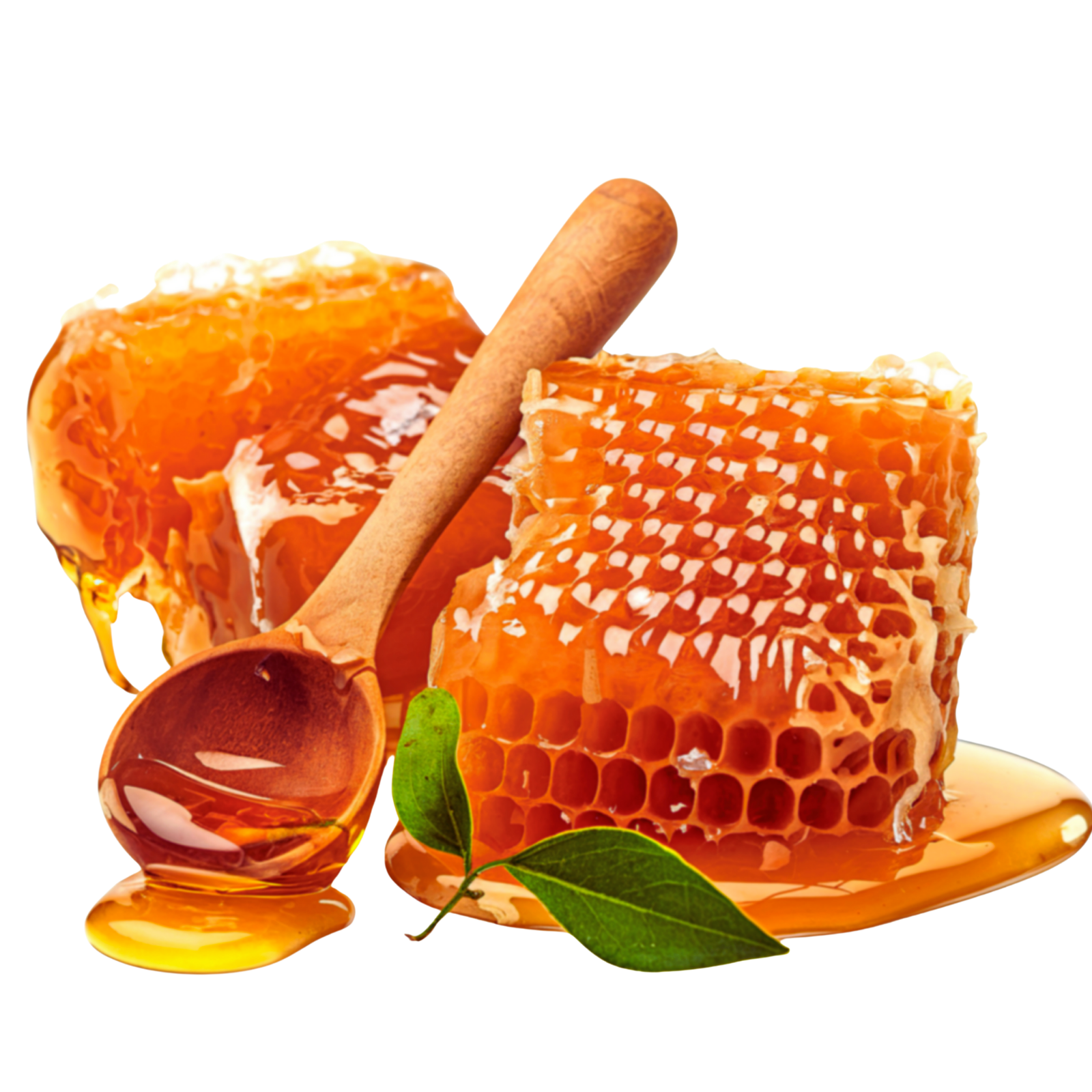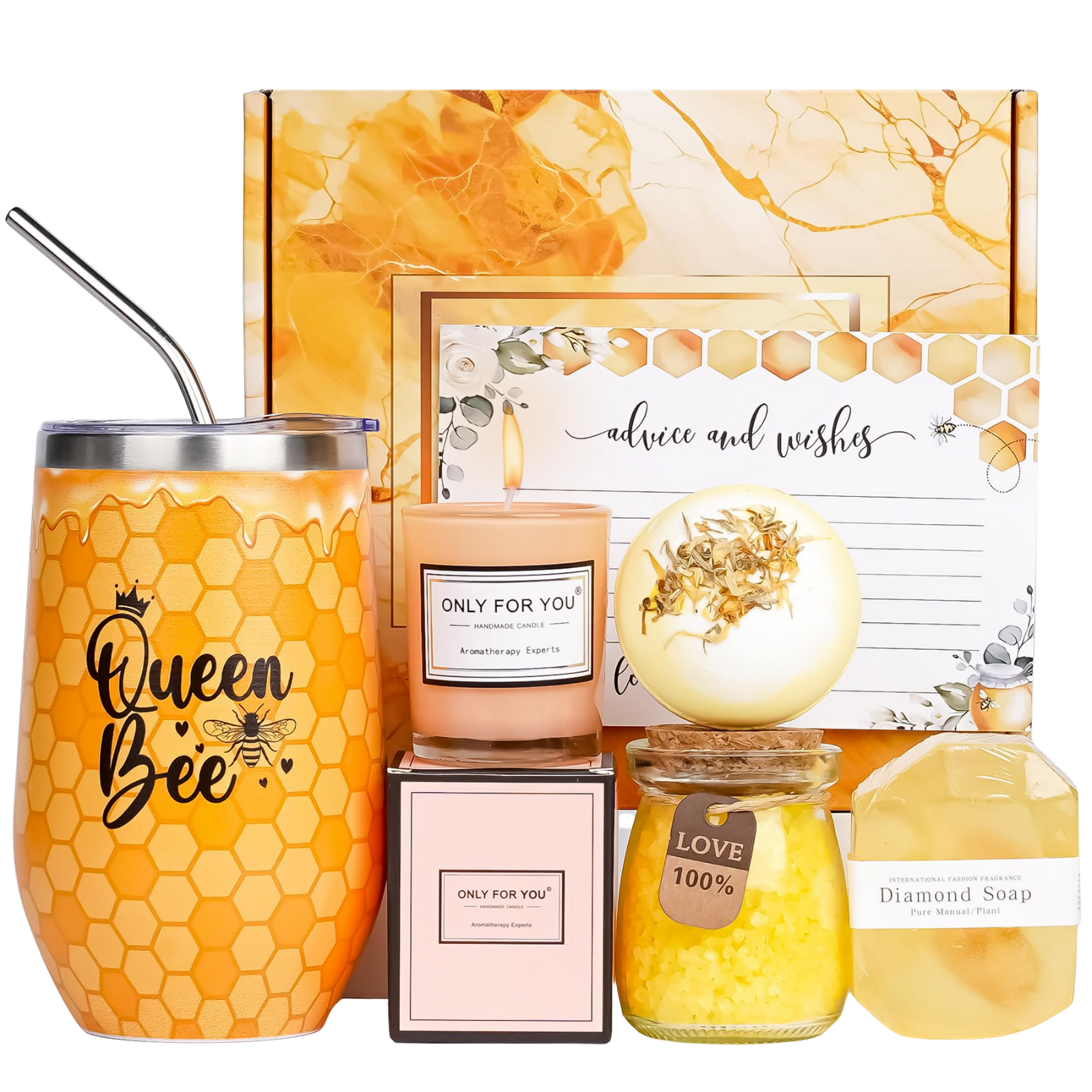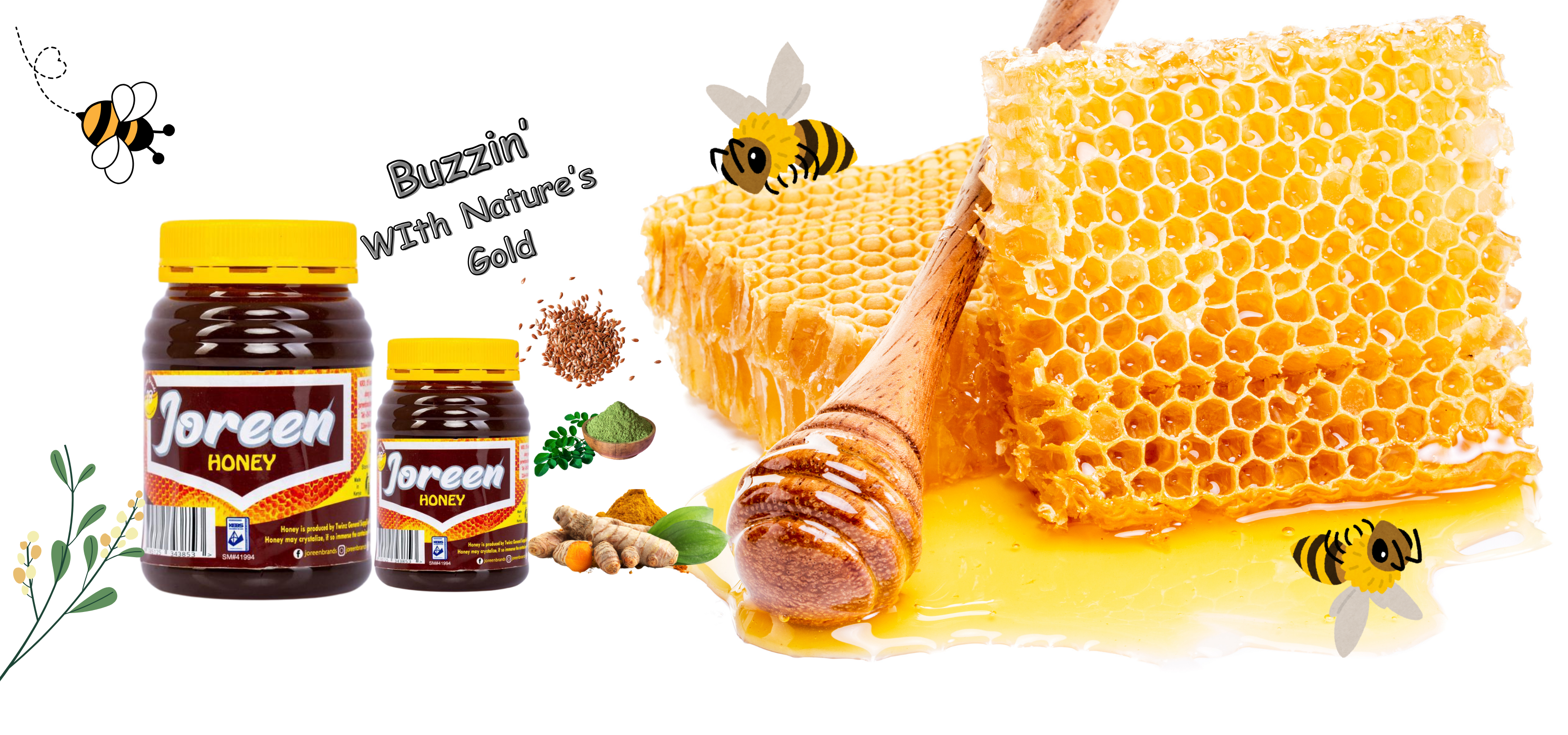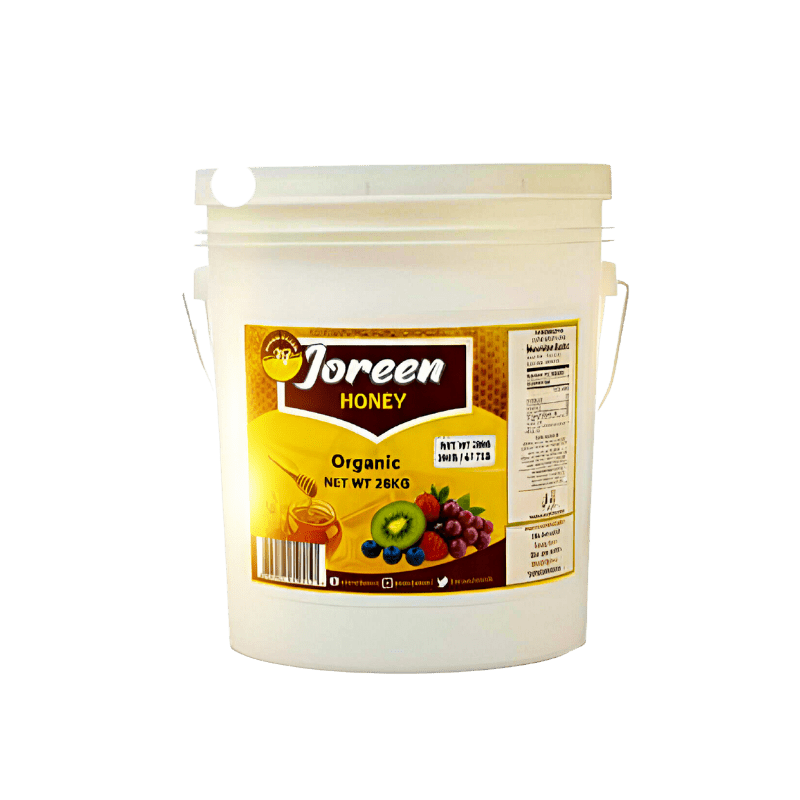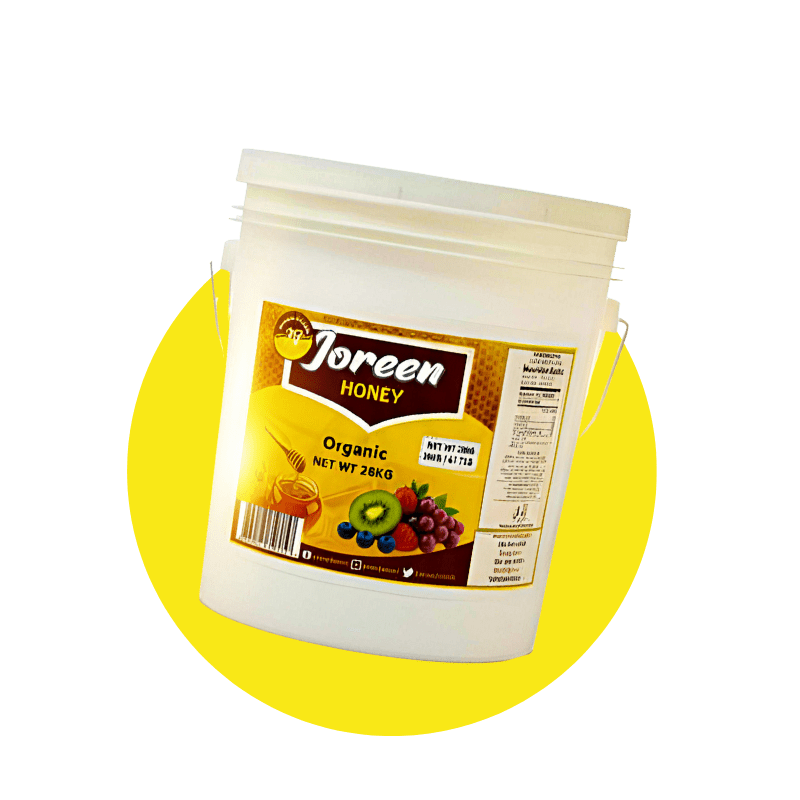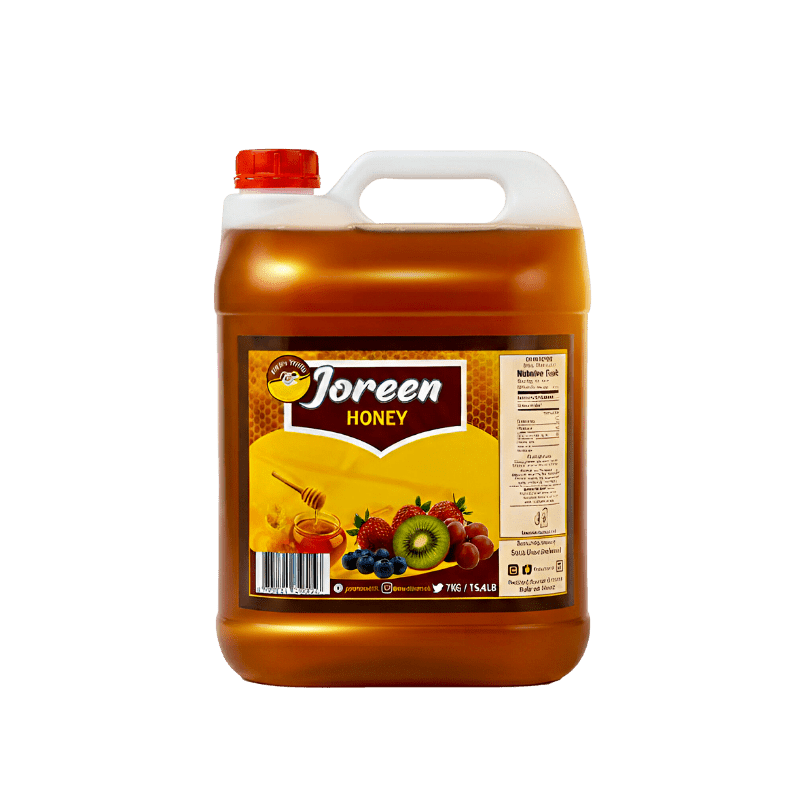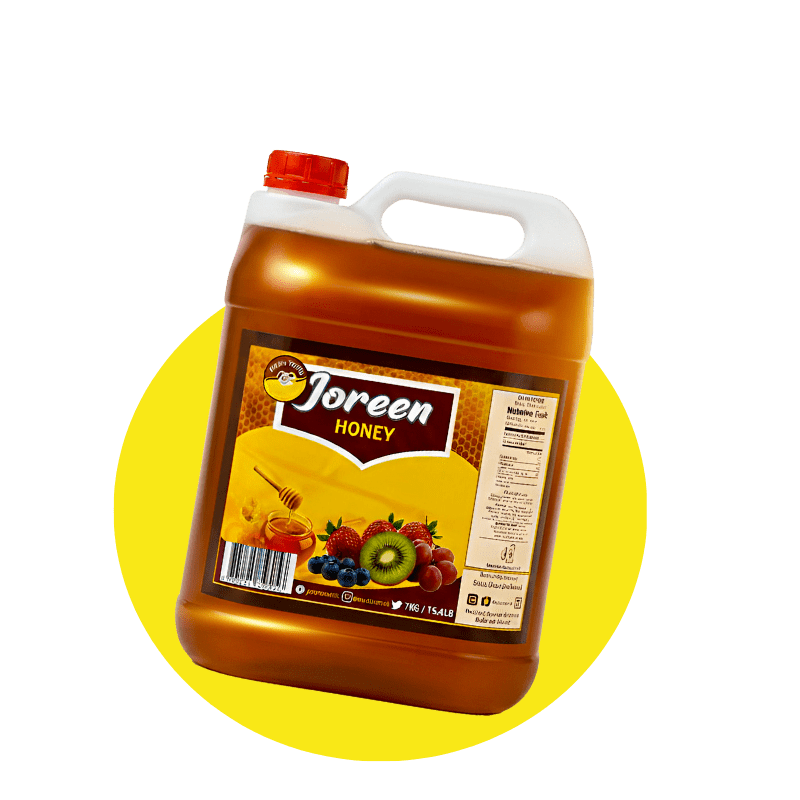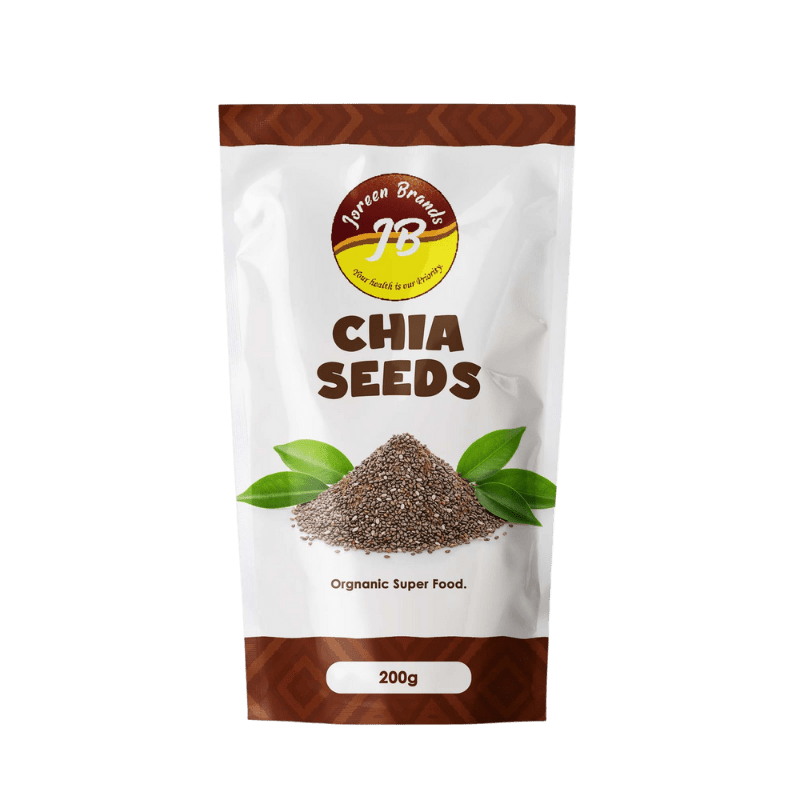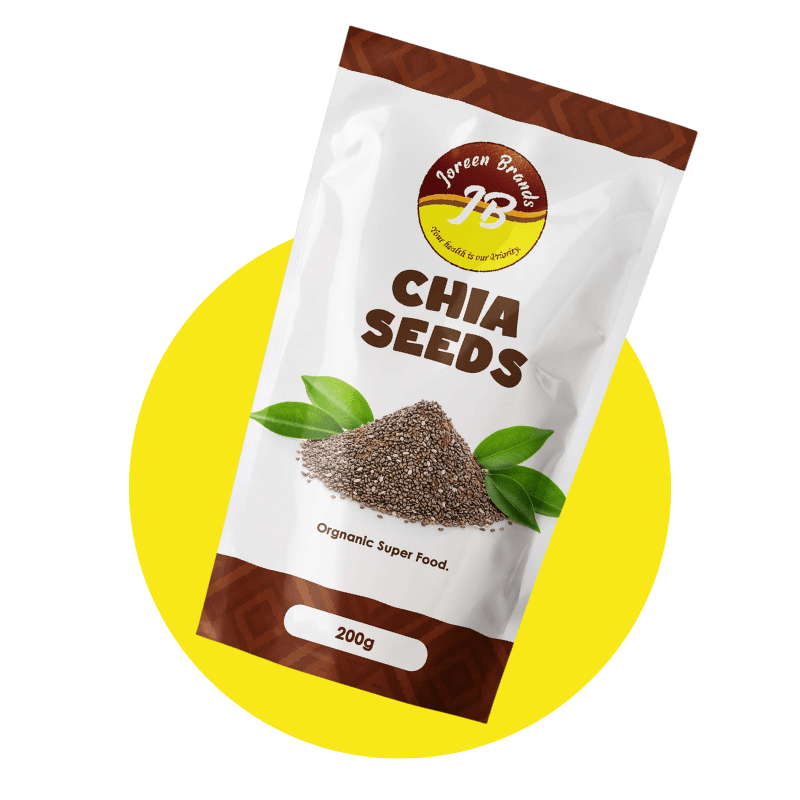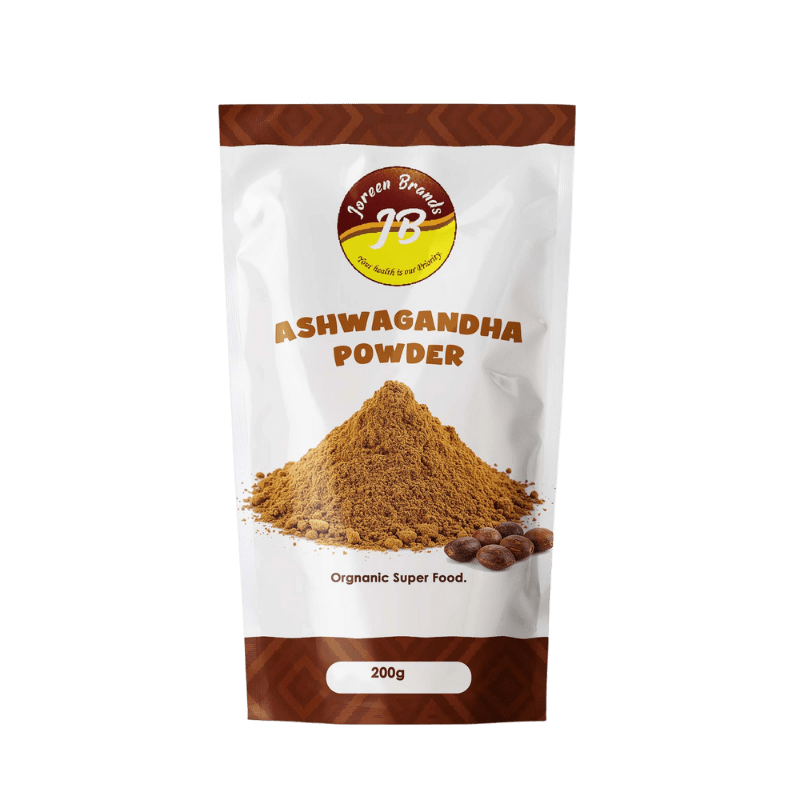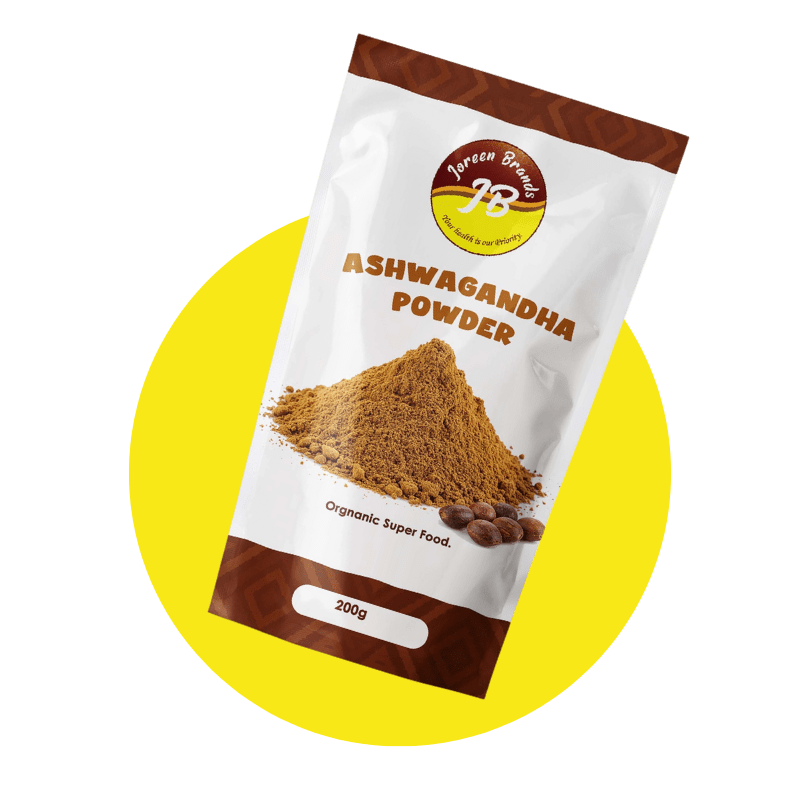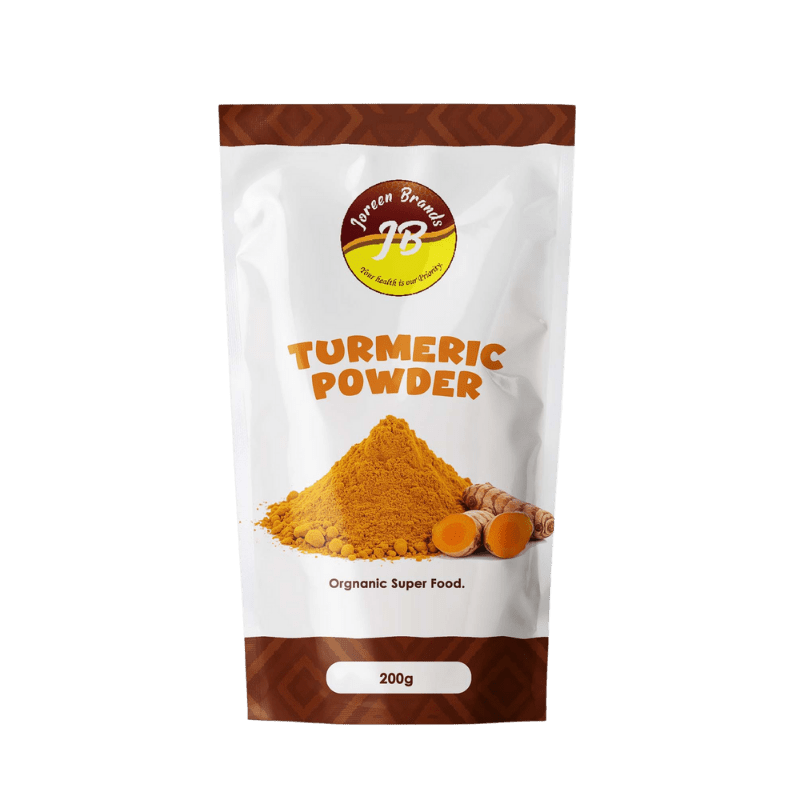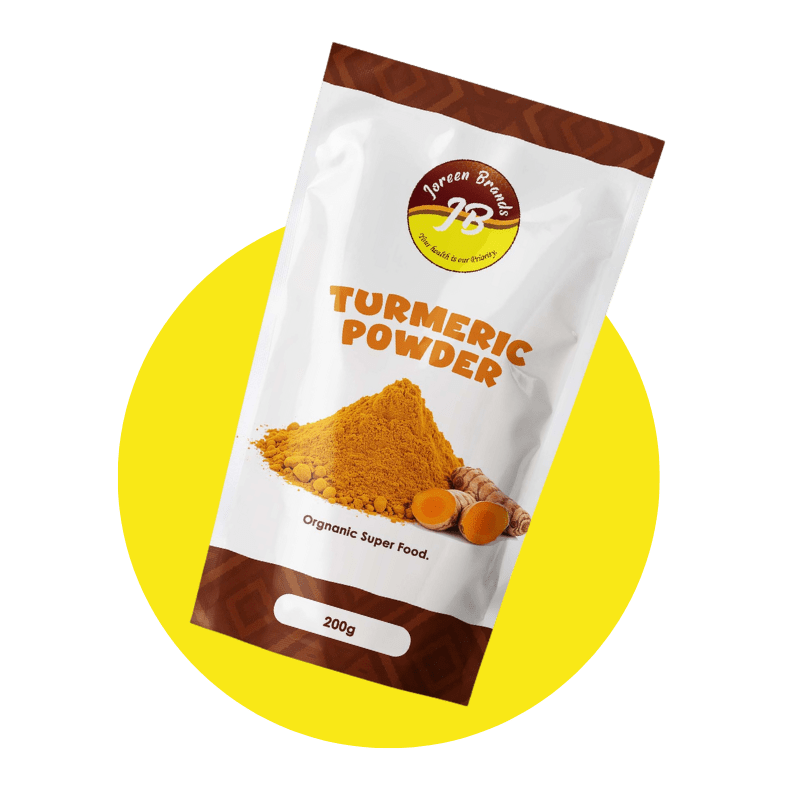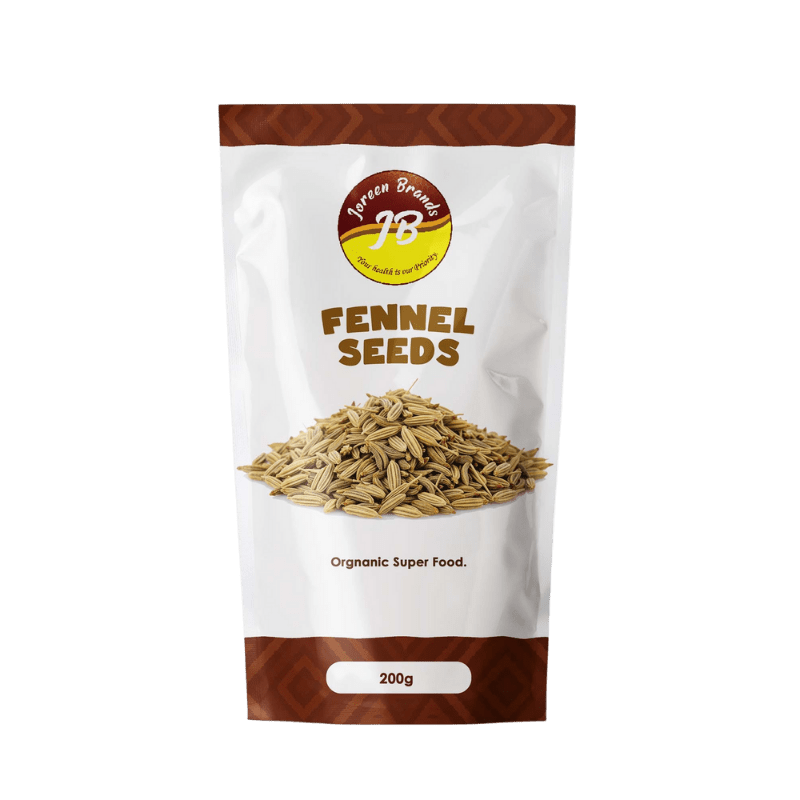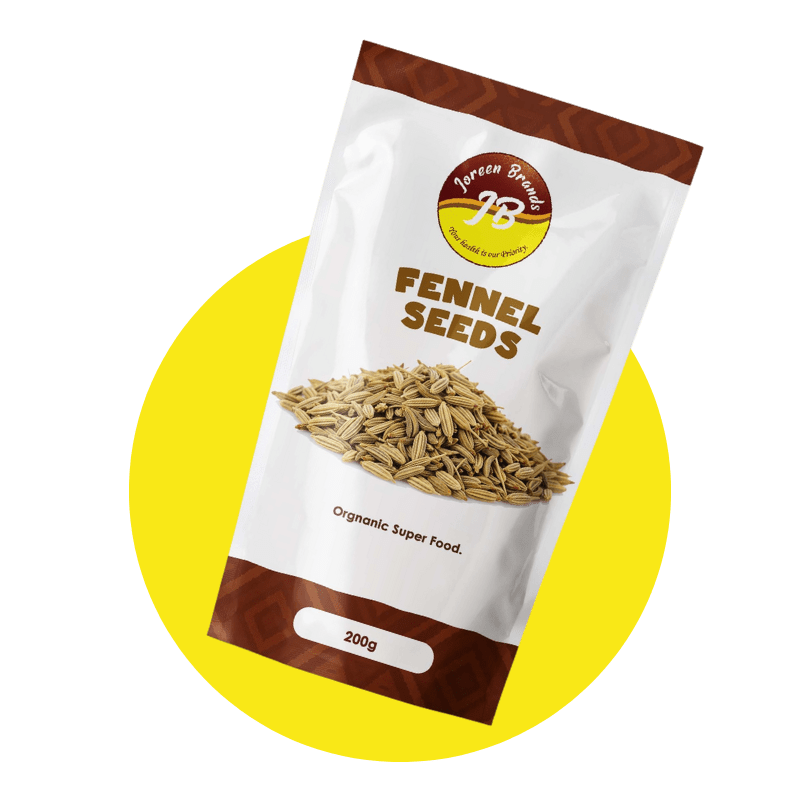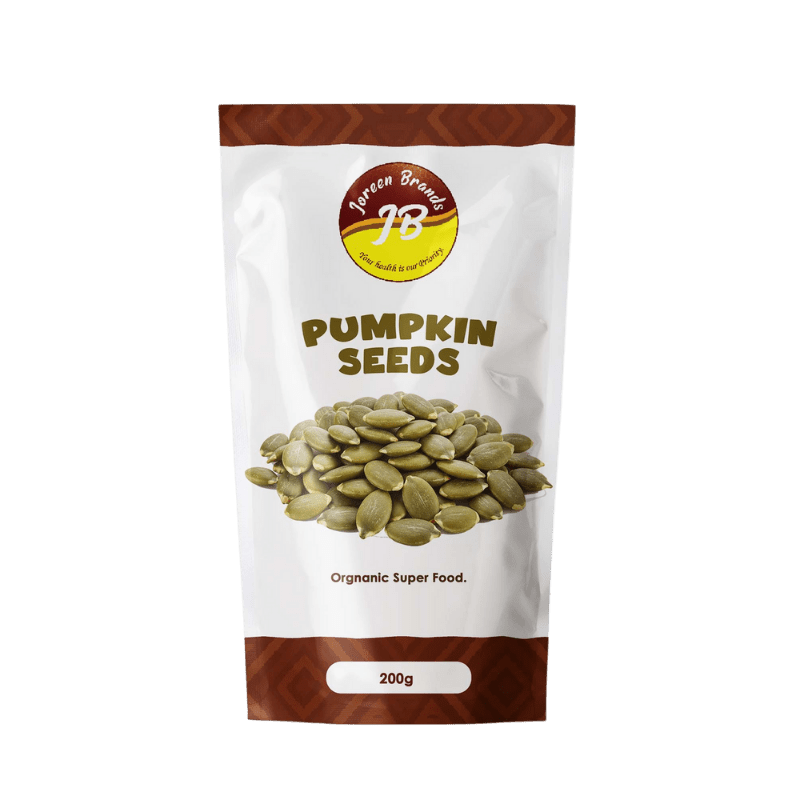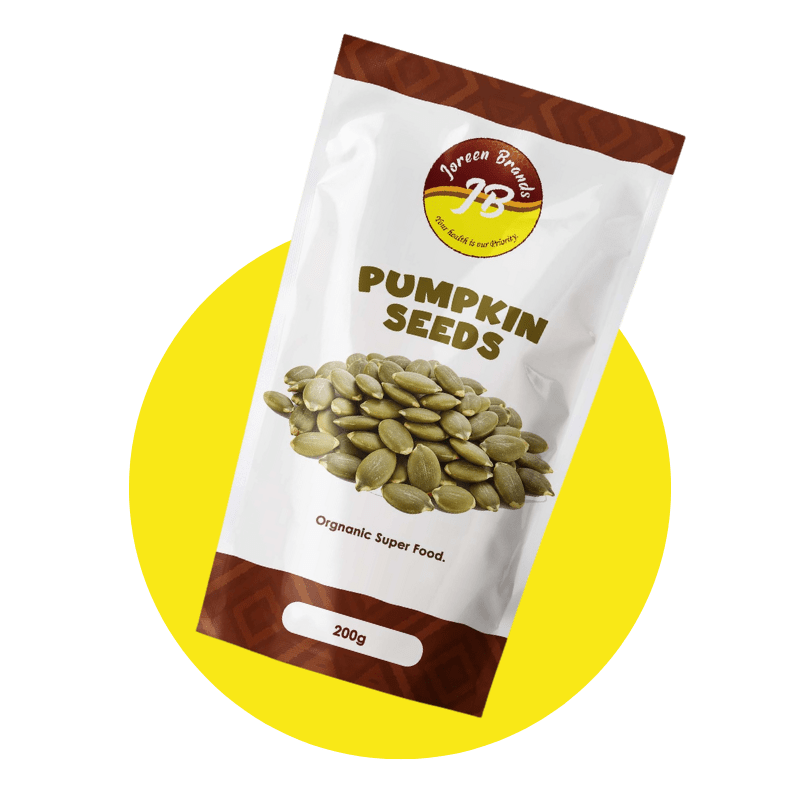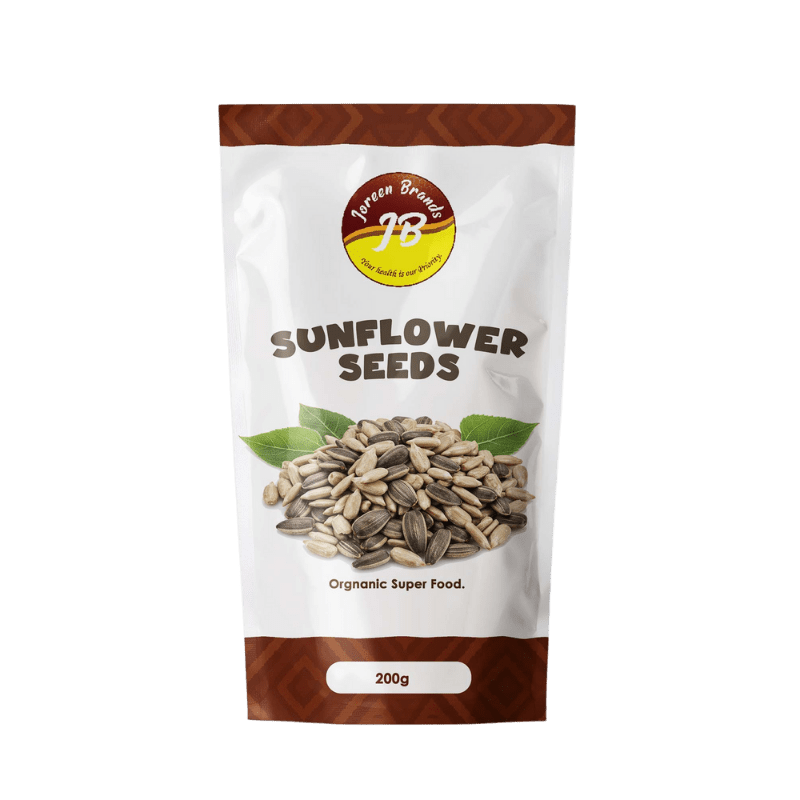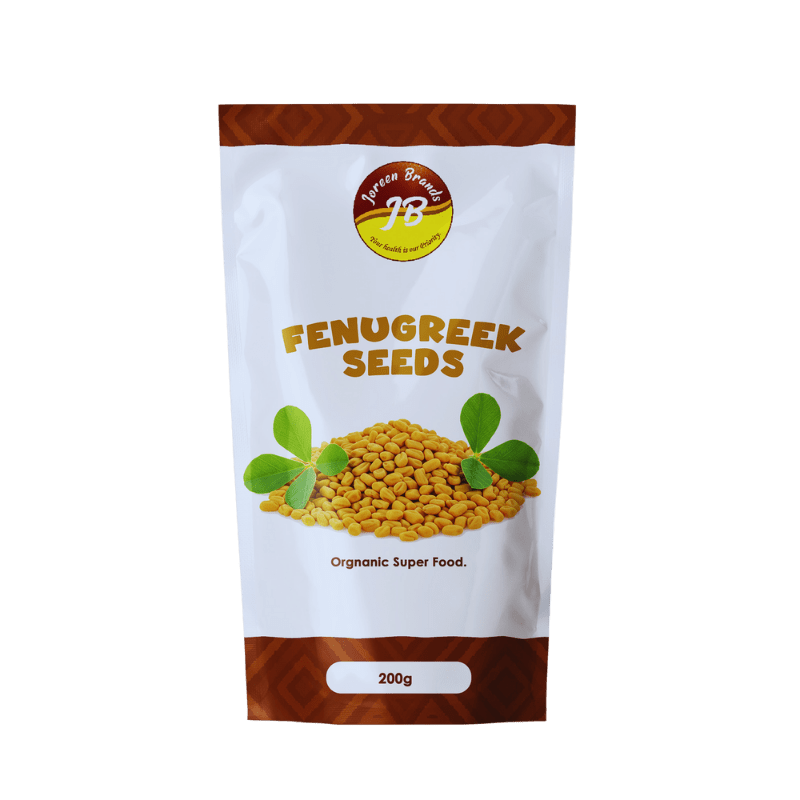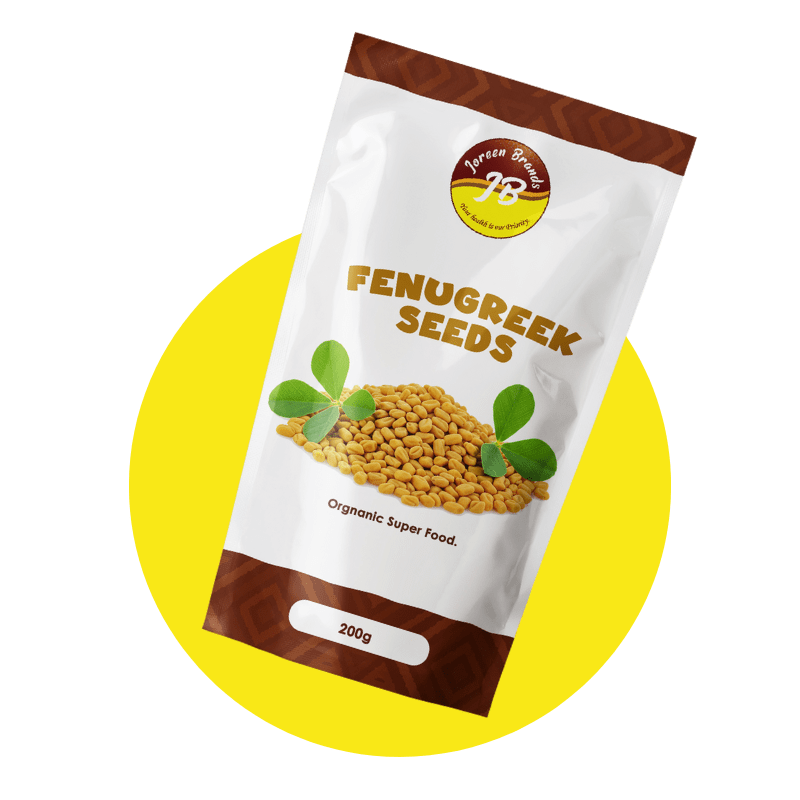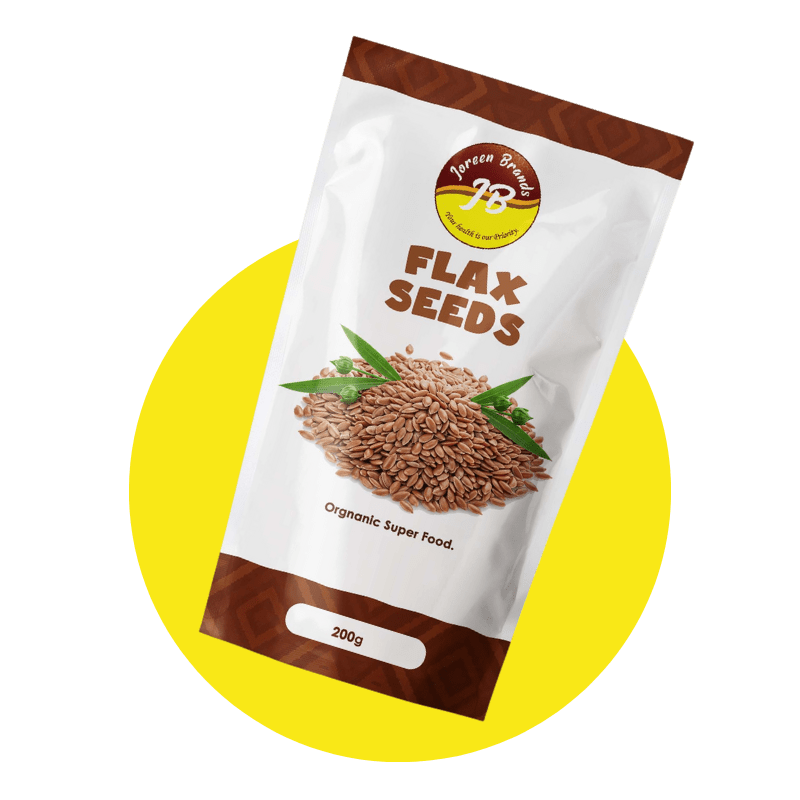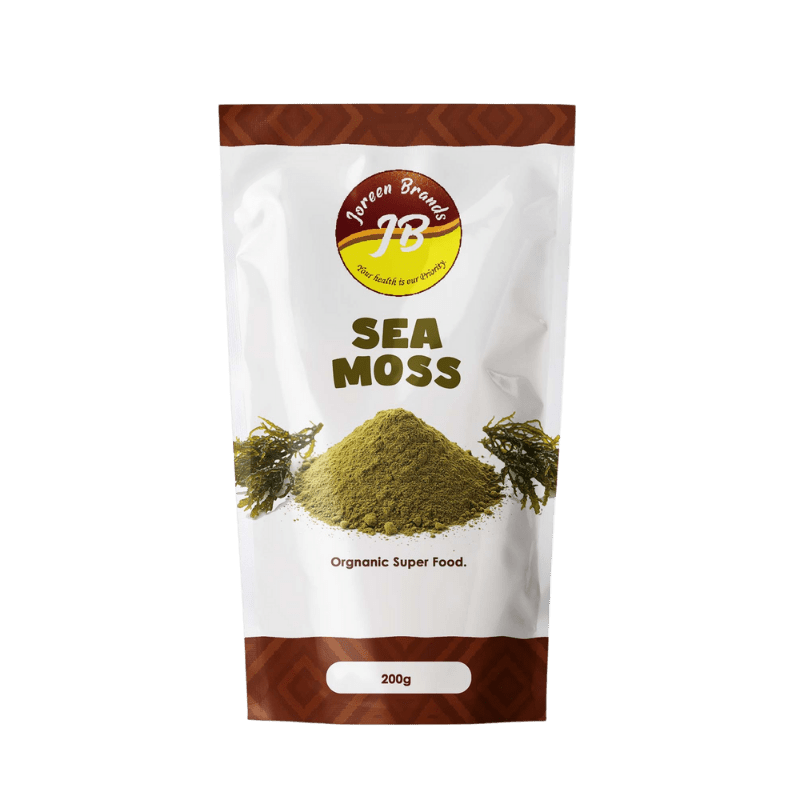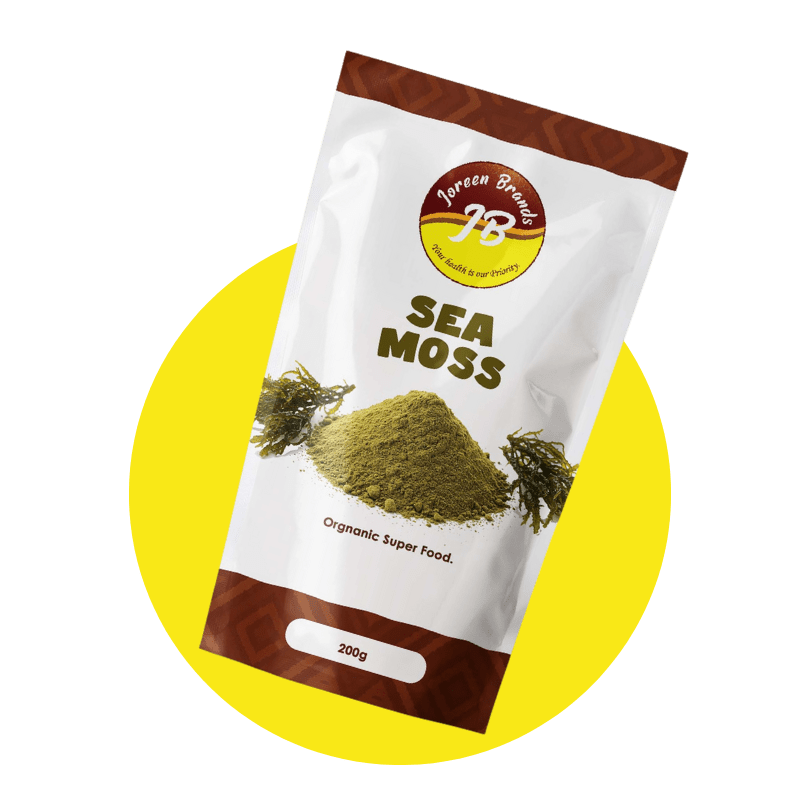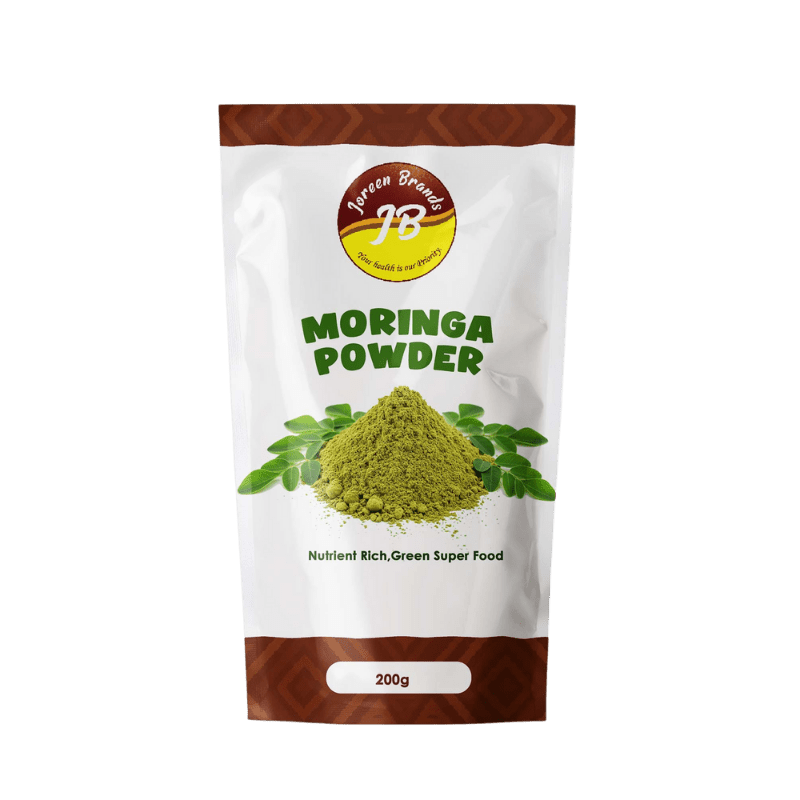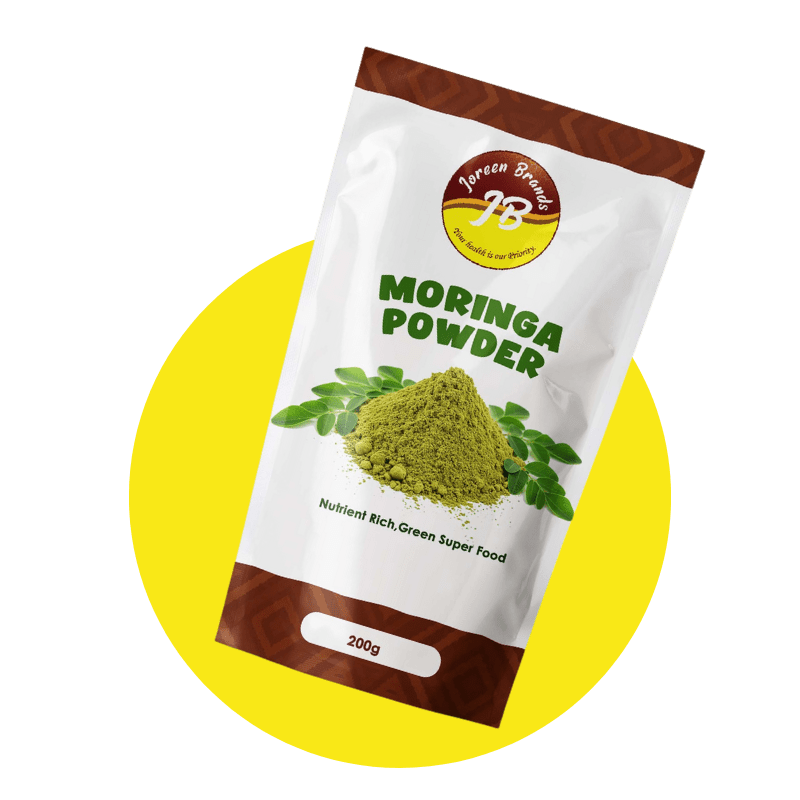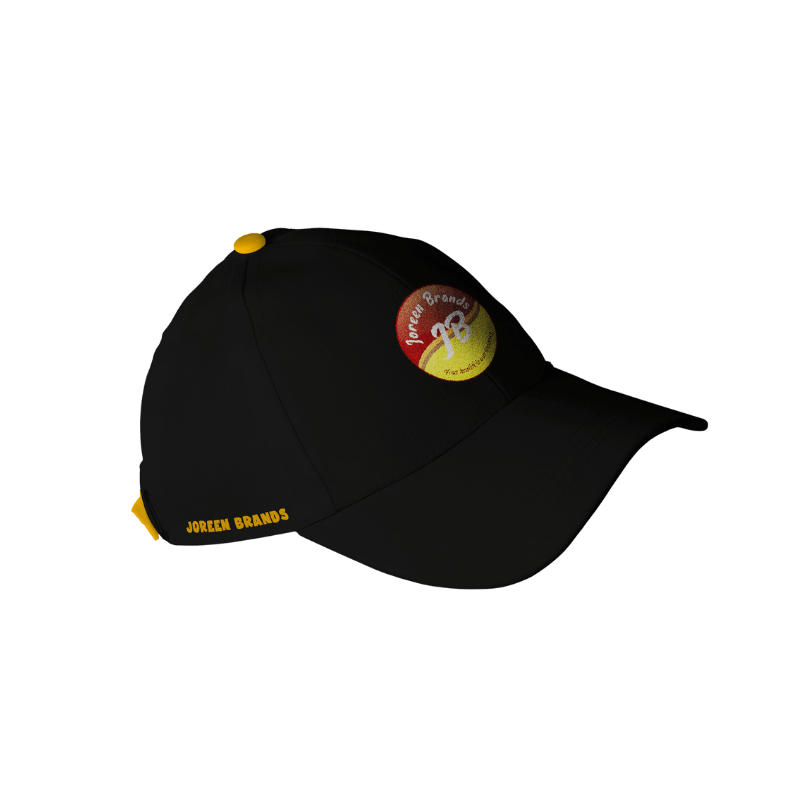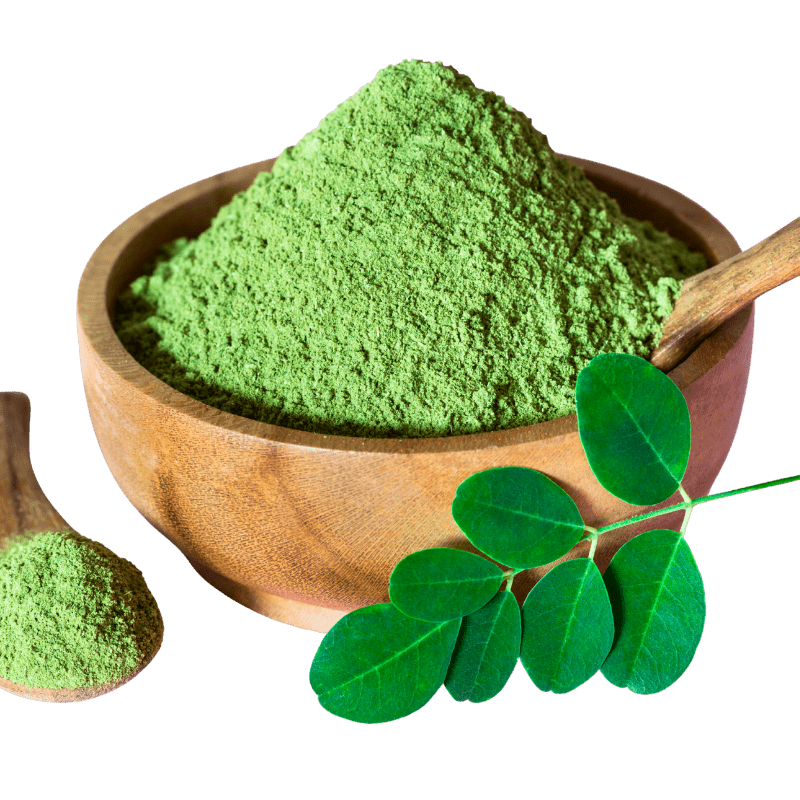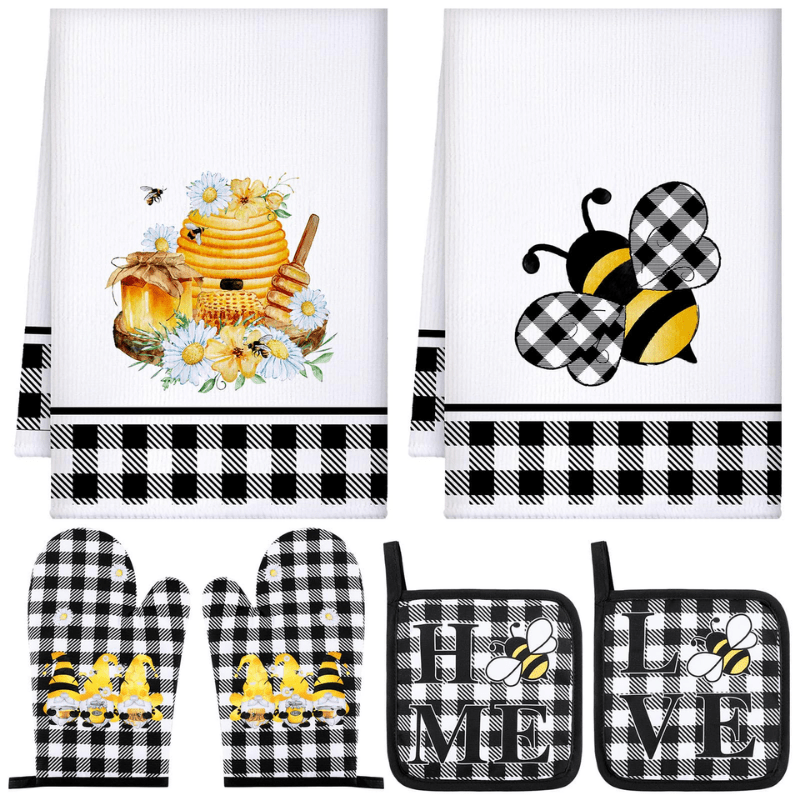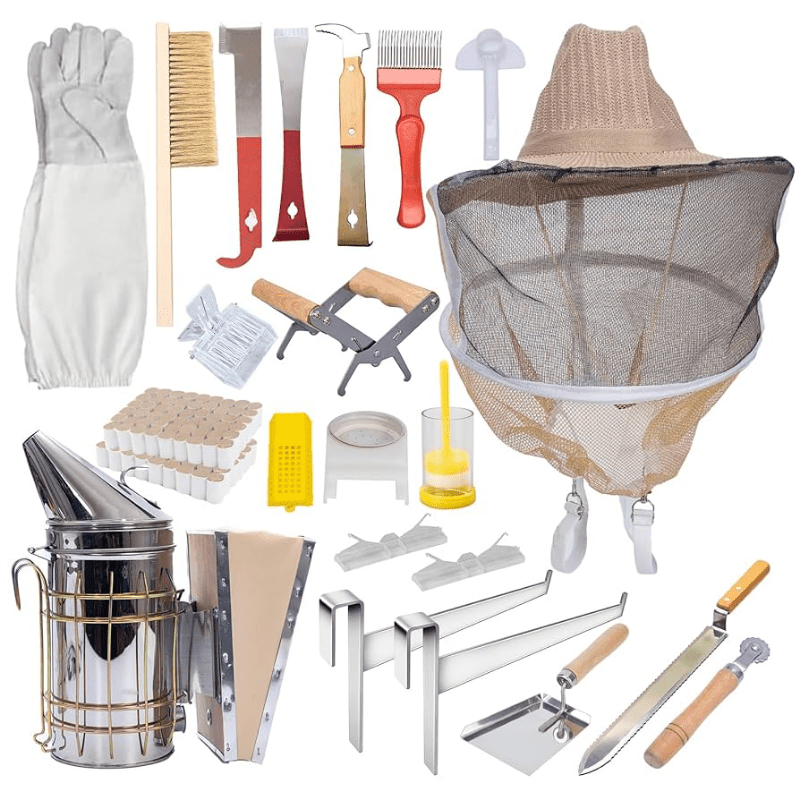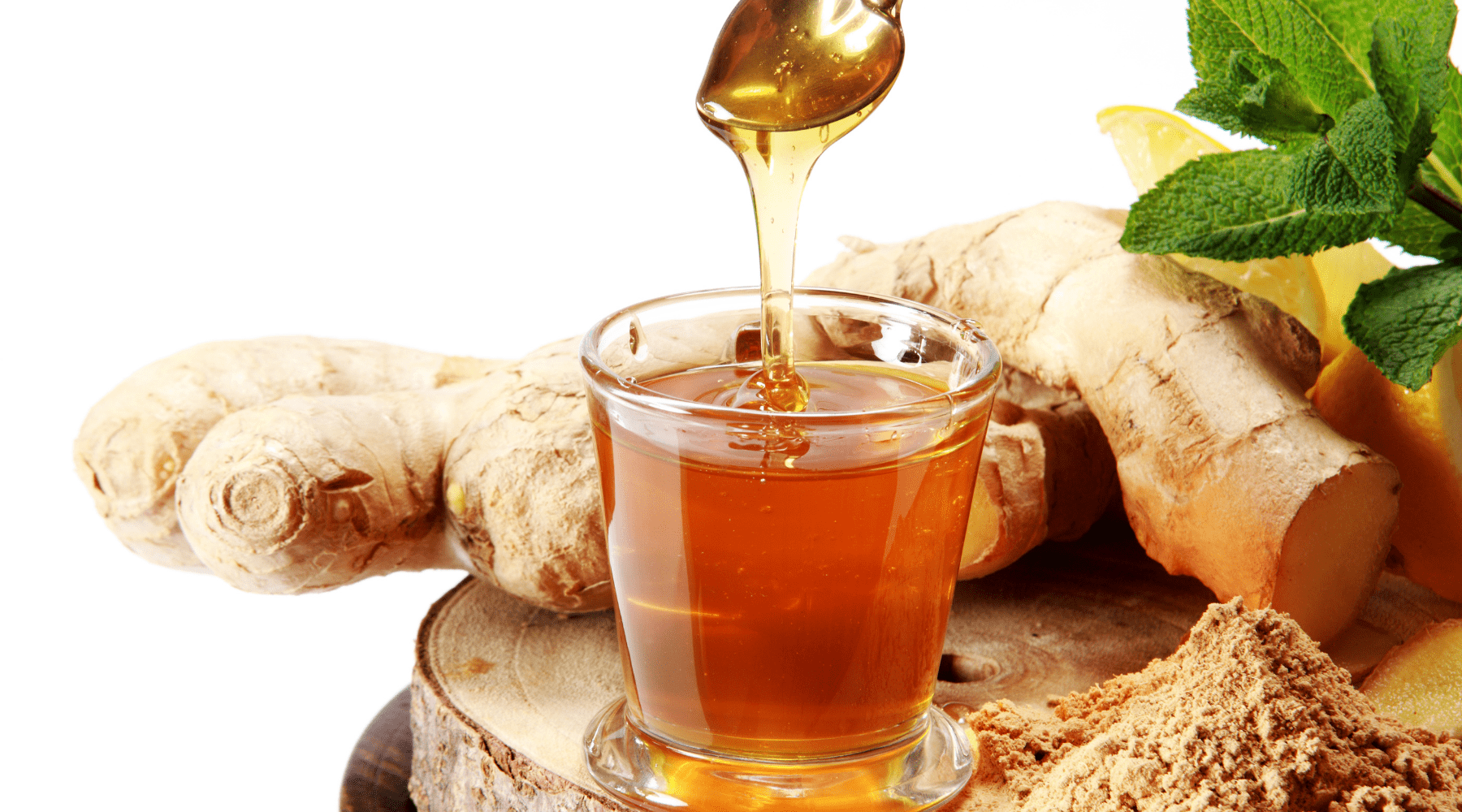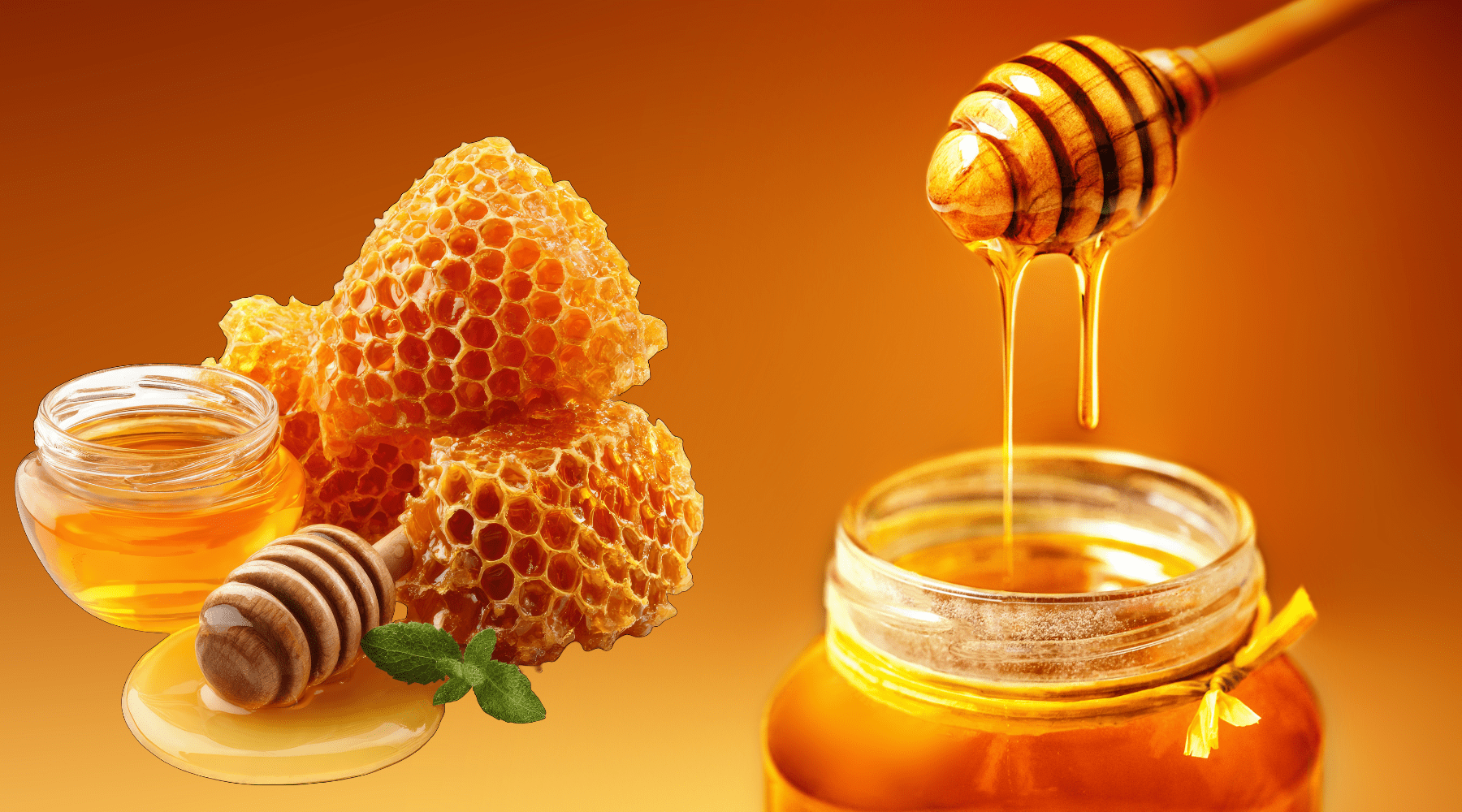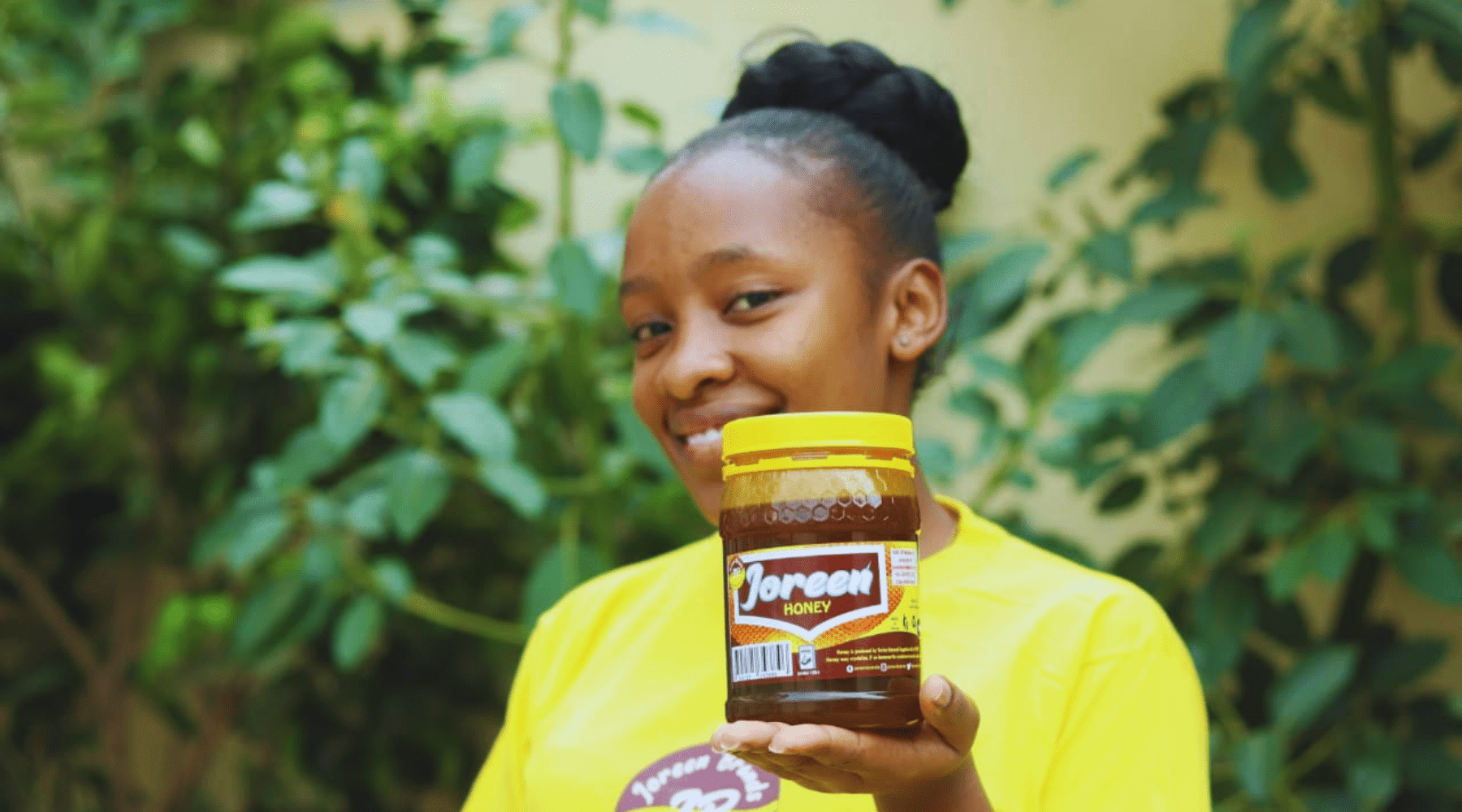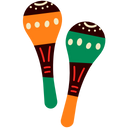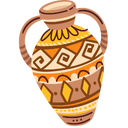Nature's Gold
Our Collections
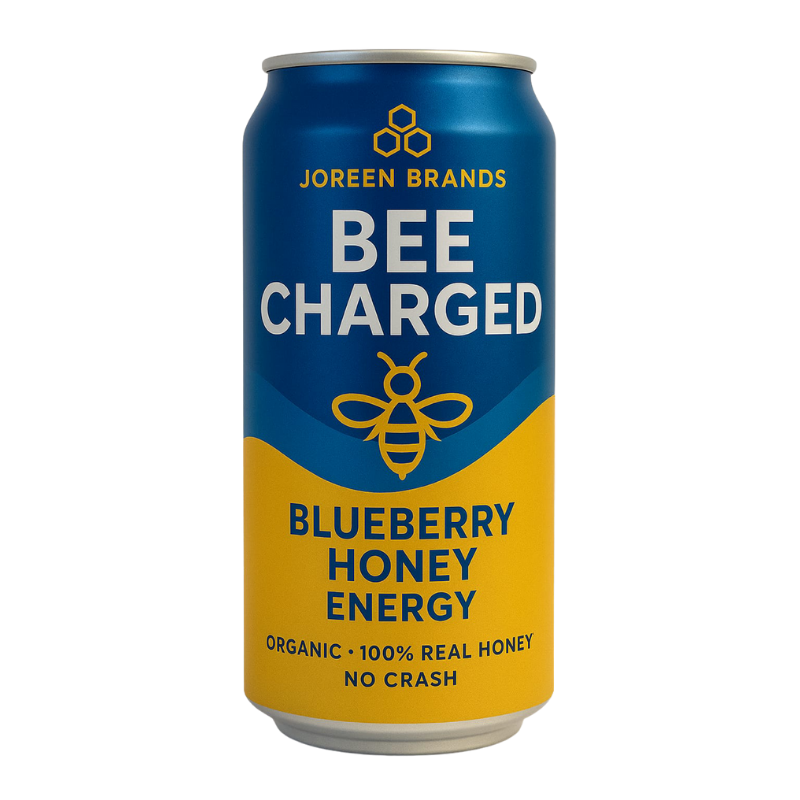

Coming Soon
Bee Charged – Africa’s First Honey-Based Energy Drink
Pure energy powered by raw East African honey. Clean, natural, and built for focus and endurance—without artificial sugars.
✨ Stay tuned to be the first to learn about the product. Subscribe to our newsletter or follow us on our socials!
Pure African Wild Honey & Natural Superfoods — Raw, Organic, Ethically Sourced
About Joreen Brands
Joreen Brands is an organic honey and natural superfood company based in United States, specializing in raw unfiltered honey, natural unfiltered honey, moringa powder, baobab fruit powder, and other authentic African superfoods.
Our flagship product is raw organic honey — 100% pure, natural unfiltered honey wild-harvested from remote beehives across East Africa's pristine floral regions. Every jar of our unfiltered raw honey is packed with enzymes, antioxidants, and minerals, delivering the true taste of wild African honey.
Beyond honey, we offer a complete range of organic superfoods from Africa, including moringa leaf powder and baobab powder — all unprocessed, nutrient-dense, and sustainably sourced to support your wellness naturally.
We partner directly with local beekeepers and smallholder farmers in East Africa, ensuring fair trade practices, biodiversity protection, and community empowerment with every purchase.
✨ Certified Woman-Owned, Minority-Owned & Small Business
Joreen Brands proudly champions diversity, sustainability, and quality in the natural wellness industry.
Shop pure African honey and superfoods — ethically harvested, naturally powerful, authentically yours.
Joreen Brands
Best Sellers

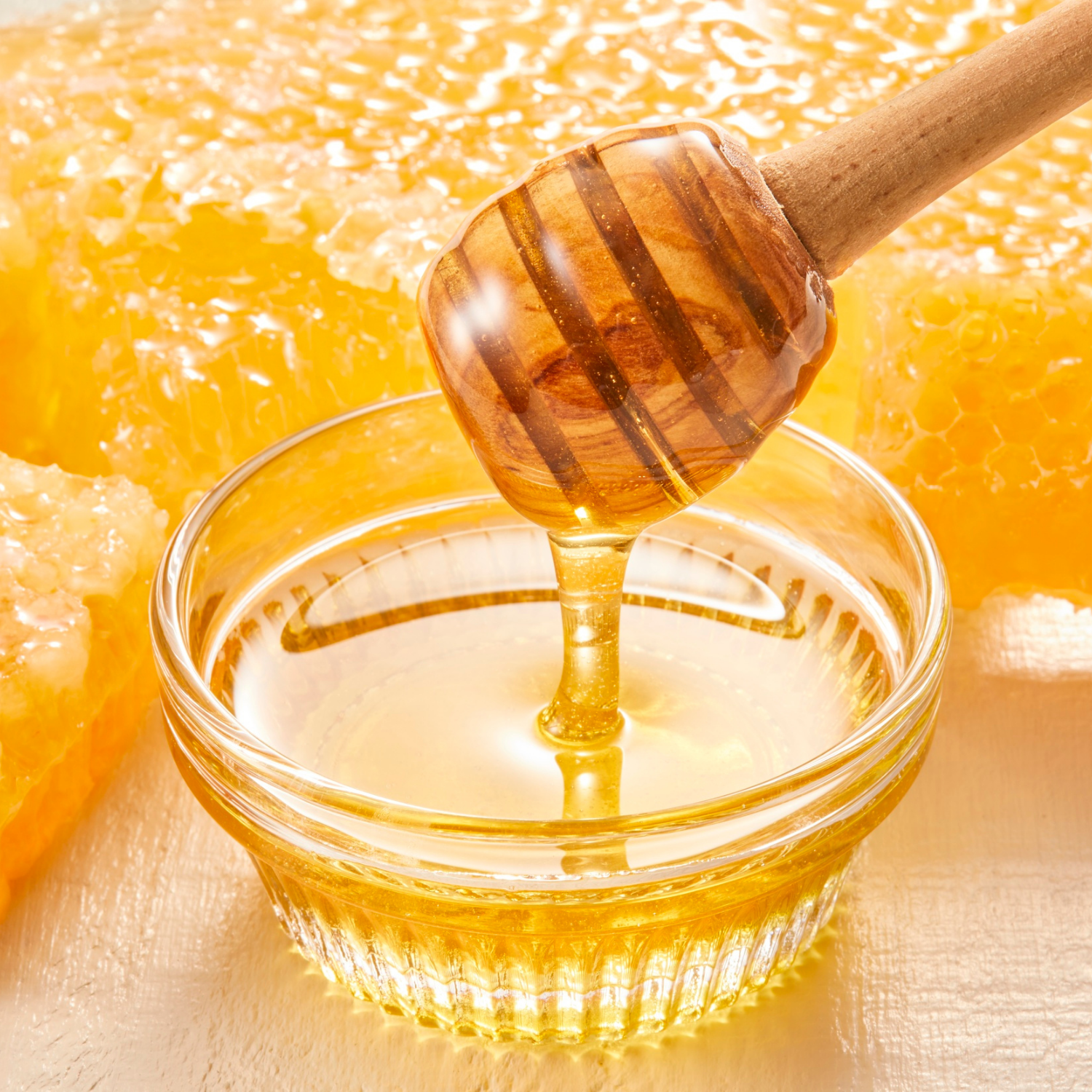
Joreen honey
Honey Benefits
Natural honey is a powerhouse of wellness—rich in antioxidants, it boosts immunity, aids digestion, soothes sore throats, and naturally nourishes the skin. From daily energy to skincare and healing, it’s a wholesome alternative to refined sugar and a timeless gift of nature.
Our selection
Product of the week
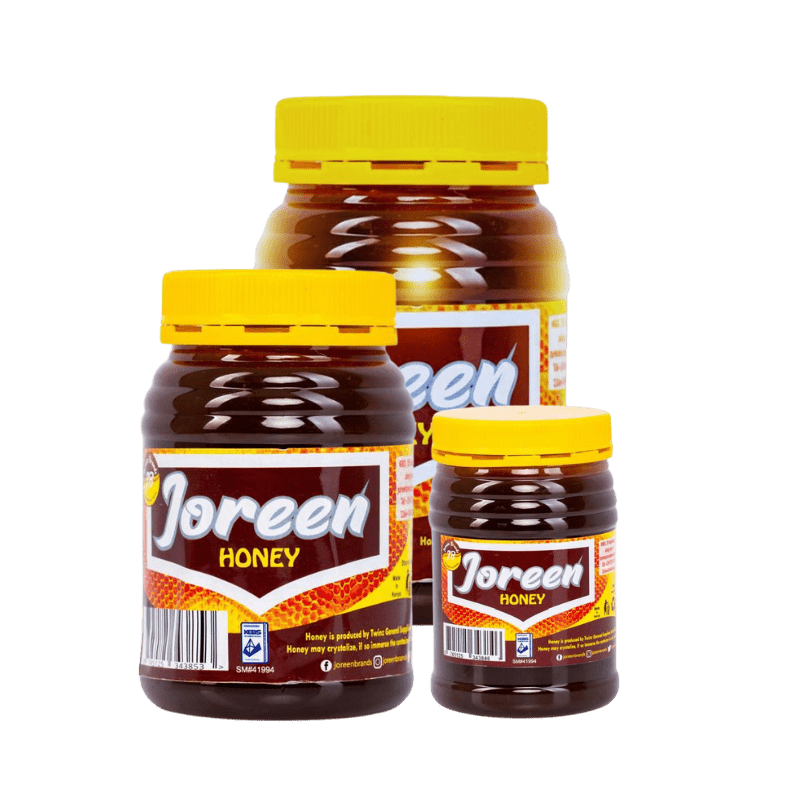
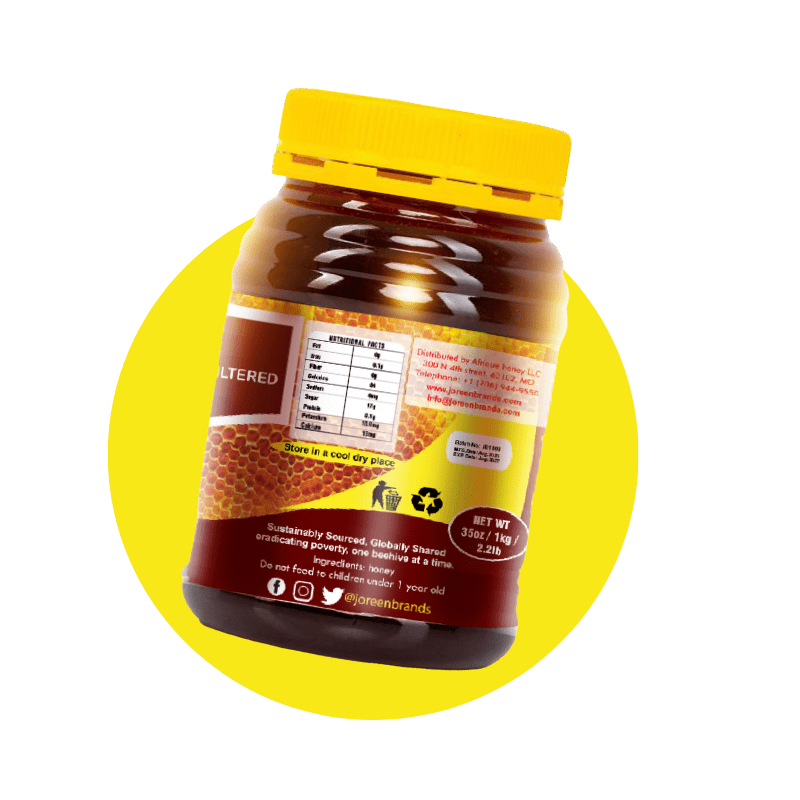
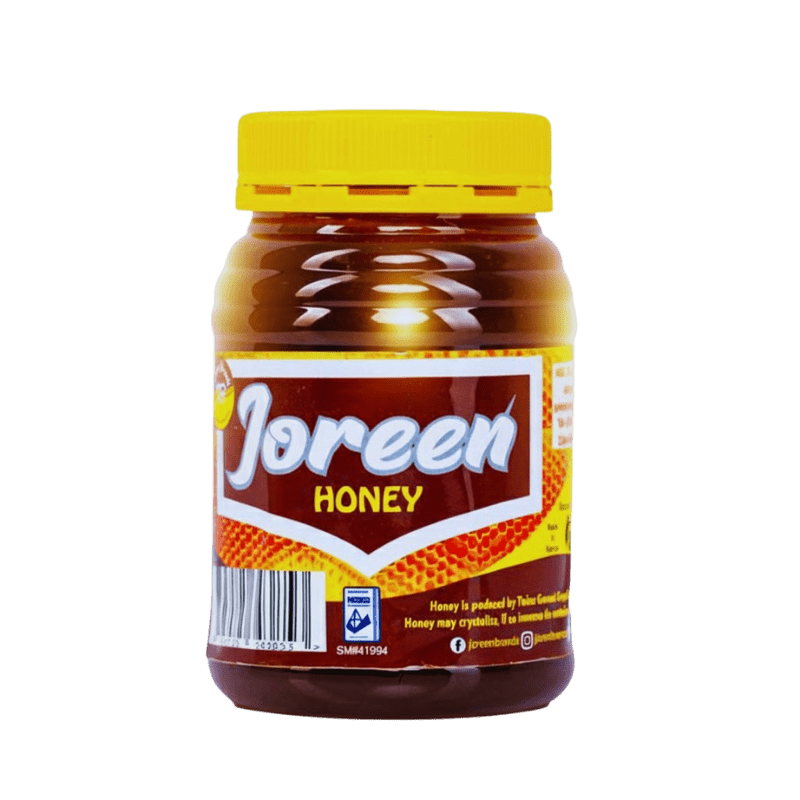
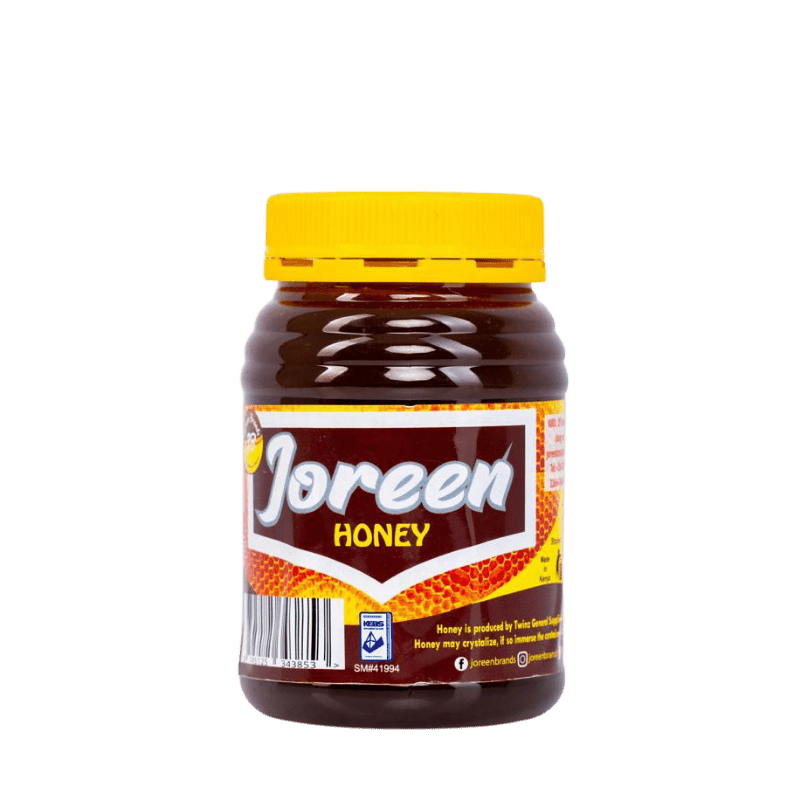
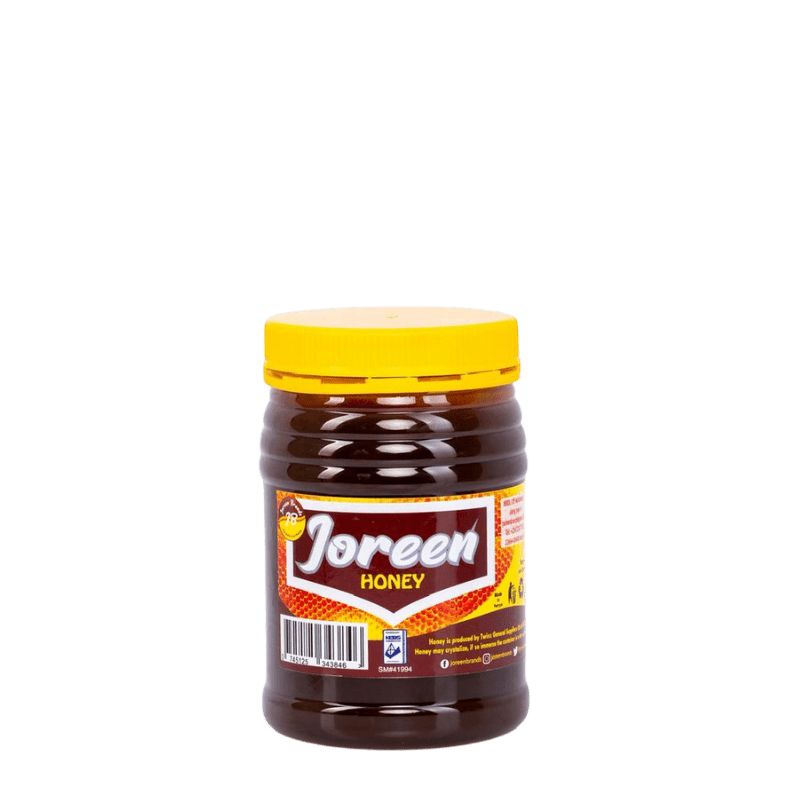
Joreen Raw Organic Honey – Pure East African Wildflower Honey
Experience the natural luxury of Joreen Raw Organic Honey, a golden treasure sourced from the pristine wildflower regions of East Africa. Our honey is 100% pure, unfiltered, and raw, carefully harvested by smallholder beekeepers who preserve its authentic flavor and nutrient-rich goodness.
Unlike processed honey, Joreen retains all the natural enzymes, antioxidants, and minerals — making it a powerful natural superfood sweetener and wellness essential. Its silky-smooth texture and deep, floral undertones create a taste that’s both sophisticated and nourishing.
Perfect for gourmet pairings, organic skincare, fine teas, and healthy recipes, this African raw honey brings wellness, taste, and beauty together in one golden experience
✨ Certified Woman-, Minority-, and Small-Business Owned
Proudly produced by Joreen Brands, a certified Woman-Owned, Minority-Owned, and Small Business — symbolizing our dedication to diversity, sustainability, and excellence in every jar.
🍯 Available Sizes
-
1 kg / 35 oz: For honey lovers and families — a generous jar ensuring your home is always stocked with nature’s liquid gold.
-
500 g / 17.6 oz: Our most popular choice, ideal for everyday use in your kitchen or on your breakfast table.
-
350 g / 12.3 oz: A delightful introduction to our exquisite honey, perfect for personal use or as a thoughtful gift.
What our clients say
This honey is unlike anything I’ve ever tasted in the US, rich, smooth, and naturally sweet. Knowing it comes straight from East Africa without additives makes it my go-to choice.
Emily R., California
I swapped out refined sugar for Joreen honey, and it’s been a game-changer. It’s the perfect balance of flavor and nutrition, and I love that it supports a healthier lifestyle.
Michael T., New York
It feels amazing to enjoy a product that’s not only delicious but also helps empower women and youth in Africa. Joreen Brands makes every spoonful feel like I’m part of something bigger.
Sarah L., Texas
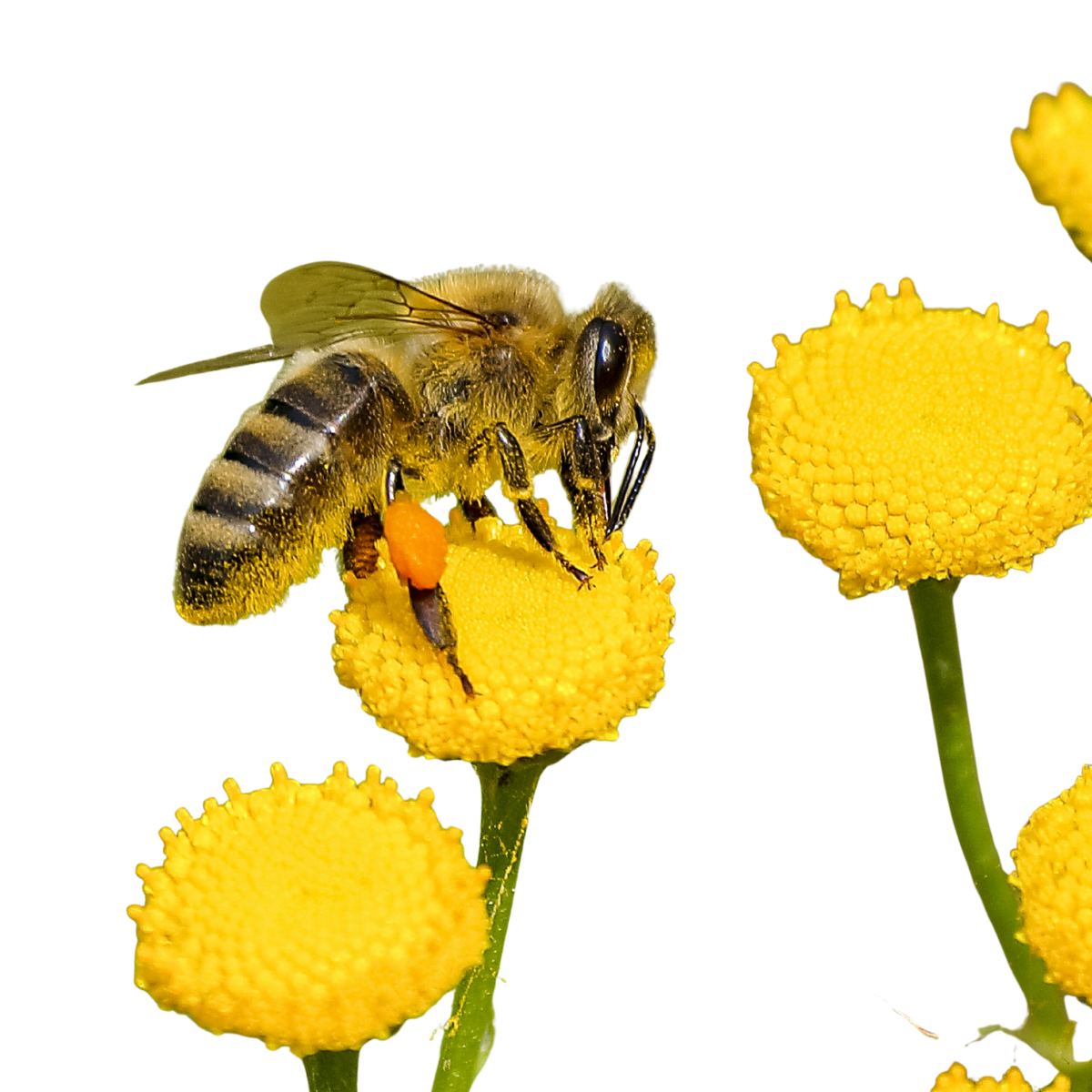
🌸 Nature’s Beginning
In the heart of East Africa’s vibrant landscapes, bees gather nectar from wildflowers to create golden honey. Every drop is a gift from nature; pure, raw, and full of life.
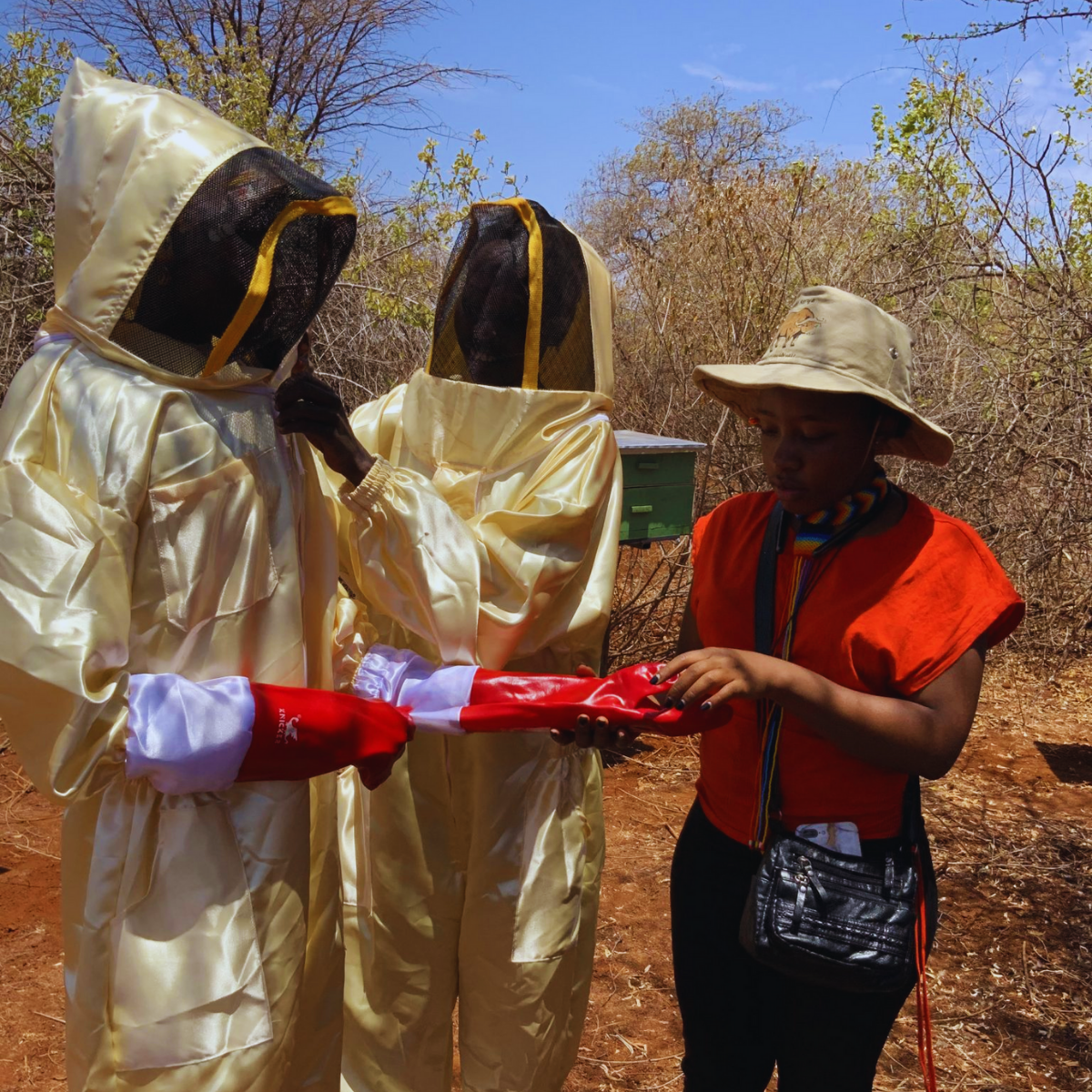
🤝 Empowering Women & Youth
Our hives fuel opportunity. Through training and fair trade, we uplift women and young beekeepers, turning honey into brighter futures.
Read More
🍯 Crafting Innovation
From traditional raw honey to Bee Charged, Africa’s first honey-based energy drink, we blend heritage with innovation. Our products deliver natural wellness, clean energy, and a taste of something truly revolutionary.
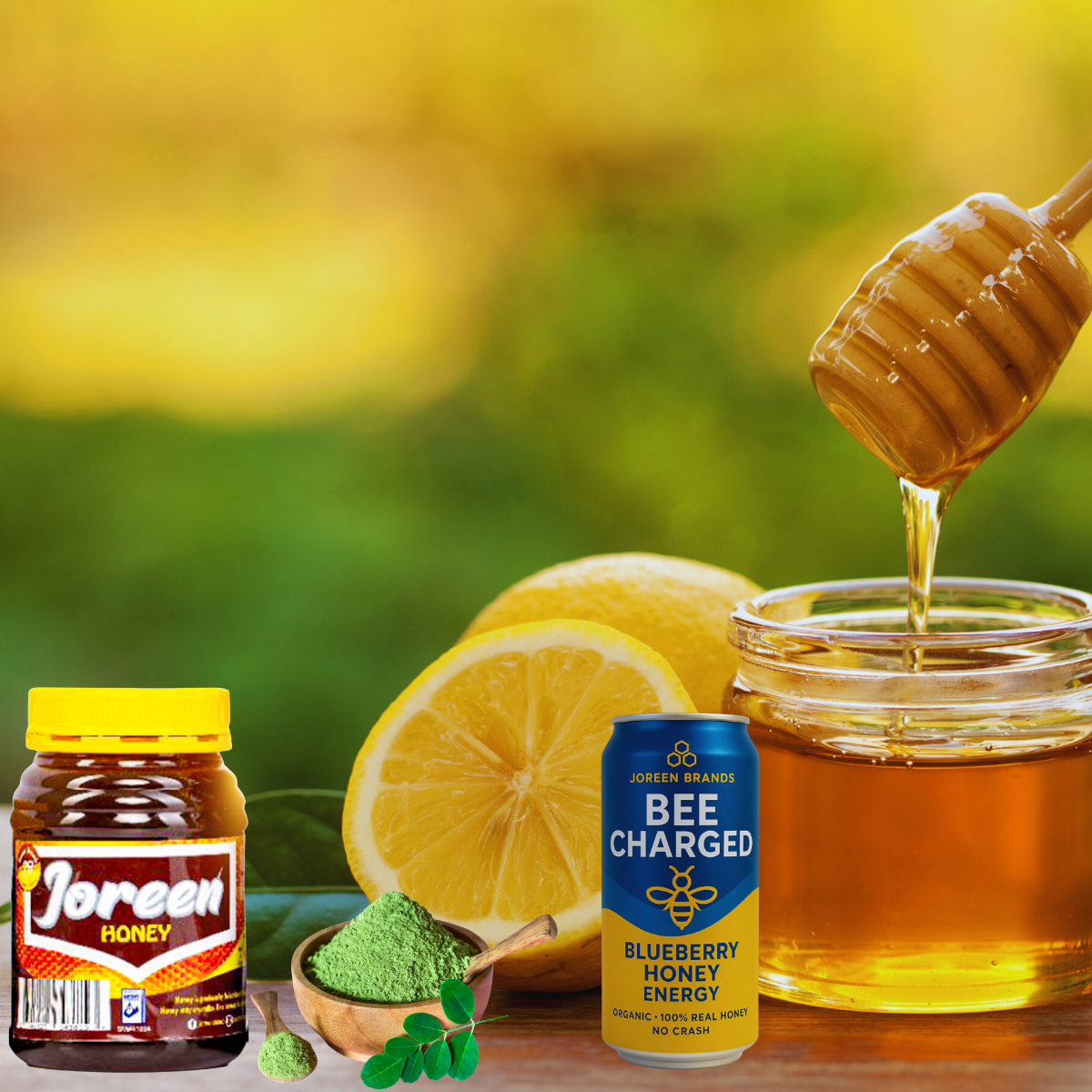
✨ Discover Our Products
Experience the journey for yourself. From rich, pure honey to bold innovations like Bee Charged, discover the Joreen Brands collection: crafted with purpose, passion, and the power of nature.
Shop NowGallery
